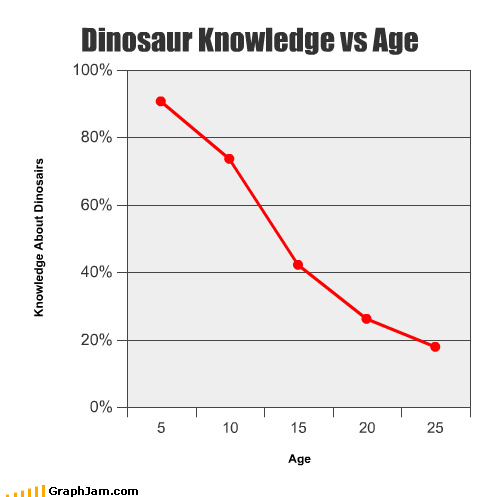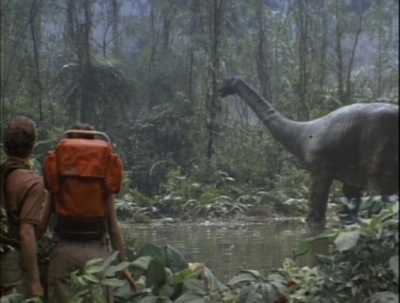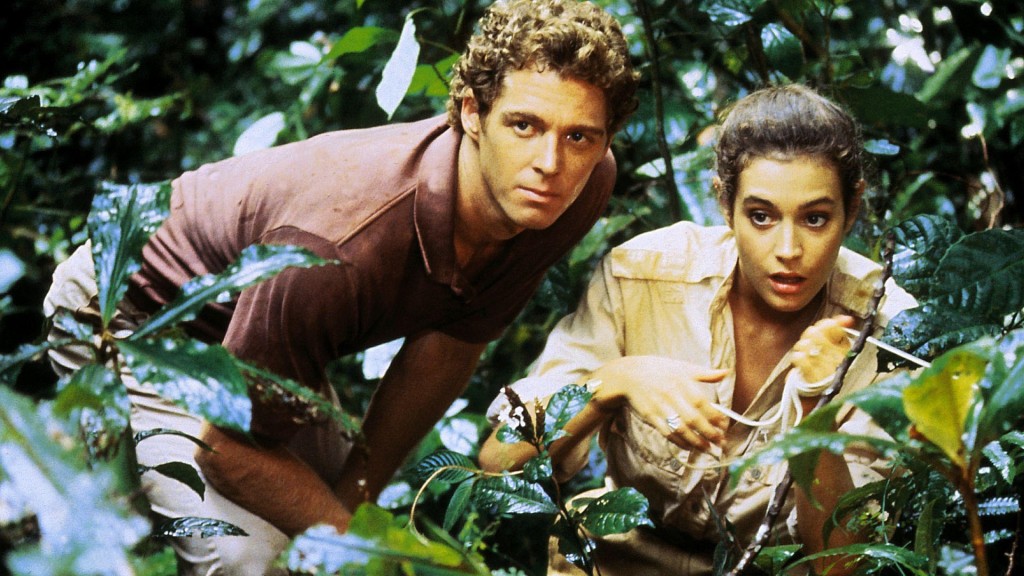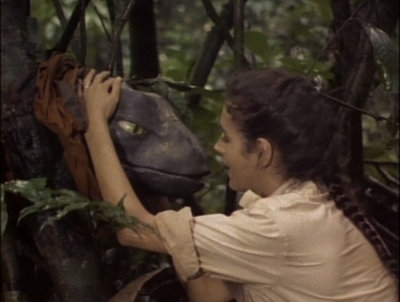Action Comics #900 (DC Comics, $5.99)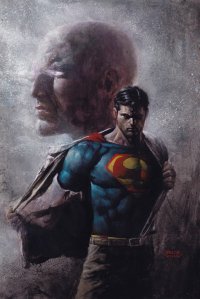
By Devon Sanders
One of the greatest Superman stories ever told was railroaded by the appearance of Superman. Over the last year, under the stewardship of writer Paul Cornell, Superman’s archnemisis, Lex Luthor has been Action Comics‘ lead and redfined what many of us would consider “villainy.” Lex has out-tought telepathic gorillas brandishing over-sized spoons, matched wits with The Joker and Brainiac and literally confronted Death, walking away from it on his own terms. All done with nary an appearance from The Man Of Steel. It has been… refreshing, to say the least. Now, don’t get me wrong, I love Superman but to watch Lex Luthor get the space to… well, BE Lex Luthor is a true and wondrous thing. Like being there when David finally understood Goliath. Like all good things…
Lex Luthor has achieved near omnipotence and is ready to usher himself and mankind into an age of wonder and discovery and all that stands in his way is Superman. Or, is he? The war between man and Superman is nearly won until Superman opens his mind to Lex, revealing a secret that could shatter all he believes in and more.
Writer Paul Cornell (Knight And Squire) over the Lex Luthor “Black Ring” arc has crafted one of the best explorations of motive in all of comics. Cornell’s Lex has been a revelation, proving why this man, this man of ambition, should not just be Superman’s antagonist but the hero of this particular Action Comics story. This whole arc has been incredible with the exception of, unfortunately, issue 900. You are given the showdown between Lex and Superman but it feels more like an eventuality than an event. Mostly due to the shoehorning in of “The Reign of Doomsdays” happening in the auxiliary Superman titles. Art chores are more-than-ably handled by Pete Woods, beautifully rendering the Superman/Lex confrontation while Jesus Merino draws the action-packed (no pun intended) Doomsday sequences.
Issue 900 being the celebratory thing it is also features an untold tale of Krypton by Lost writer and creator Damon Lindelof featuring the superb art of Ryan Sook while the Superman: Secret Origin team of writer Geoff Johns and Gary Frank contributes a fun, short tale of Superman, Lois and The Legion of Superheroes.
Zatanna writer Paul Dini chimes in with an exploration of what it is to be human featuring art by RB Silva of Jimmy Olsen fame while Batman Begins and The Dark Knight screenwriter David Goyer somewhat controversially addresses what “Truth, Justice and The American Way” has come to mean to Superman and more importantly, to the citizens of the world. (Enjoyment of this story hinges on the understanding of the differences between the words “renounce” and “denounce.”)
Overall, Action Comics #900 is a celebration of everything that ultimately makes Superman the icon that he is today. Its only fault is that Lex, in the end, had to be sacrificed in order to do so.
Rating:





Out of a Possible 5 Stars
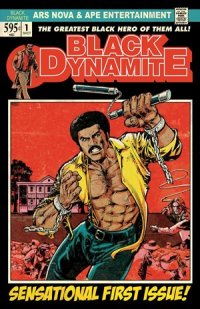 Black Dynamite: Slave Island One-Shot (APE Entertainment/ARS Nova, $5.95)
Black Dynamite: Slave Island One-Shot (APE Entertainment/ARS Nova, $5.95)
Planet of the Apes #1 (Boom Studios, $3.99)
by Graig Kent
The mediums of comic books and movies have, over the past few years, entered into a somewhat symbiotic relationship with one another. Comic book adaptations have been fueling the silver screen on an increasingly frequent basis, with writers, producers, directors, and actors all frequenting the comic shop for inspiration as well as turning to the graphic novel as proof of concept on their original story ideas or screenplays. Meanwhile, comics have been increasingly reliant upon adaptations and extensions of cinema, with more than a few publishers not named DC or Marvel depending on the brand recognition of everything from Army of Darkness to the Terminator to sell comics.
I’ve long believed that there was no problem with this, having enjoyed plenty of Star Wars, Aliens, and Predator comics (amongst others) over my many comics reading years. So many of these film properties have built up a devoted following, meaning comics can tap into a market that craves, if not outright demands more material. Obviously getting another film made and made well is very, very difficult and a comic book less so, so it’s actually a pretty economical way to help build, or at least maintain a fanbase. The problem of late, however, seems to be that most newer movie tie-in comics are released before a film’s release or to coincide with it (see recent Your Highness, Machete or Let Me In) thus pushed out into the market based not on demand but speculation, and the quality generally reflecting such.
That’s just one reason it’s refreshing to see the Black Dynamite: Slave Island one-shot, a comic book tie-in for a recent film that a) has already proven itself to be a cult classic and b) has a fan base that is salivating for new material.
If you haven’t seen Black Dynamite – Michael Jai White, Scott Sanders and Byron Minns’ loving tribute and deft satire of 70’s blaxploitation and kung-fu cinema – you are missing out on easily the funniest film of the past decade. Independently produced and a festival hit, it had a limited theatrical run but nevertheless it had found, and continues to find its audience. The film expertly recreates the aesthetic of the 70’s, visually and tonally, and derives much of its comedy in replicating the gaffes and awkwardness of the cheaply produced films of the era. This stylized world is built around a single character in Black Dynamite, the baddest-assed mofo around, brought to life in a revelatory performance by White, who is as equally with an action persona as he is comedic one. The character is infused with an ever-present-ness, the sense that he’s been around for some time doing his thing, that he has countless untold stories from his past, and just as many yet to be told in his future. In this manner, the events of Slave Island can take place on either side of the film chronologically, it owes no continuity to the film or the character.
The story of Slave Island, is a simple one: off the coast there’s an “resort” island where slaves are kept by the thousands as servants for the white men and women visiting from the South. Back in the city, Black Dynamite comes across an escaped slave, so he’s naturally got to be the man to go to the island and “burn that motherfucker to the ground”. Black Dynamite ventures out with no plan but to emancipate, but instead becomes enslaved himself. Of course, this is Black Dynamite we’re talking about and he fucks and fights his way out of his situation and saves the day. It’s equally distasteful and absurd premise that certainly puts the ‘sploitation back in Blaxploitation, but made palatable by the sheer fact you know Black Dynamite is going to reap some holy hell on those racist bastards.
Where many comic book continuations of movies fail is they cannot negotiate the feel of the film with the demands of the comic format. Where Slave Island gets it right is its tone. It doesn’t try to recreate the movie, nor does it attempt to crib catchphrases in an attempt to force the connection. Instead it takes its inspiration thematically. Just as the film paid homage by faithfully recreating the feel 70’s genre films, so too does Slave Island succeed at recreating the feel of a 70’s action comic, starting with Jun Lofamia, a 74-year-old Filipino artist with a smattering of U.S. comic book credits across horror and suspense titles from the 70’s. Lofamia’s style has that Gene Colan feel, as if sketched out and inked over without any desire for intense precision, yet still refined in technique and innately readable. Lofamia is backed up by JM Ringuet, the artist from Jonathan Hickman’s Transhuman, here working miracles in achieving the muddy color of 70’s comics without having to resort to old four-color techniques (no doubt a digital wash was also added to give the pages a textured look of old paper stock). Slave Island, from the Marvel/Power Man inspired cover on through definitely looks the part.
Brian Ash, from a story by White, Sanders and Minns, also makes it read the part. Ash gets in Black Dynamite’s head with some patented overwrought ’70’s-style narration (naturally pushed to humorous extremes), moves the story forward through use of ridiculous coincidences (though not much more ridiculous than those which propelled most stories back then), and effectively adopts that ill-conceived tone of “message” comics from the era in its attempt at dealing seriously (but not really) with slavery. While it doesn’t maintain the same level of humor as the film (there’s really not any way to replicate the performances, the editing/framing gags, or the incredible soundtrack that contributed to the movie’s comedic success in the comic book experience), there are still more than a few big laughs, the biggest of which, actually, come from outside the story in a fresh parody of the old Charles Atlas ad. Ultimately Slave Island‘s greatest success is that doesn’t so much read like a movie tie-in, nor does it even read like a one-shot comic, it actually reads more like a random issue of an ongoing Black Dynamite comic book series, the thought of which only serves to make me desire more.
The Planet of the Apes franchise obviously has been around a lot longer than Black Dynamite with its 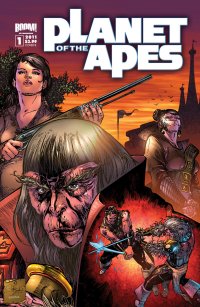 own devoted core of followers, and has over its 40+ years seen comics made from a number of different publishers, sometimes working with brand new continuity, sometimes with the continuity of the Tim Burton remake, and sometimes, as with this new series from Boom Studios, working with the original series continuity.
own devoted core of followers, and has over its 40+ years seen comics made from a number of different publishers, sometimes working with brand new continuity, sometimes with the continuity of the Tim Burton remake, and sometimes, as with this new series from Boom Studios, working with the original series continuity.
With a new Apes movie coming later this year, itself working in original series continuity, now does seem to be the right time to launch a new series, even if it’s not a direct tie-in, which, wisely, it’s not. Instead, this Planet of the Apes negotiates its own path, in a similar manner to the Star Wars or Aliens comics that focus on characters in time periods outside of the films. The only crossover character is the Lawgiver, the storyteller from the framing sequence of Battle for the Planet of the Apes, who is assassinated on the second page of this book, setting into motion the events of the premiere story arc “The Long War”.
Set 1200 years before the first Planet of the Apes film, we’re introduced to civilization as it stands. The apes are in control of a floundering industrial society, and humans are left to wallow in ghettos. Genetically the apes grow stronger with each generation and humanity quite the opposite. With ape society’s figurehead, the Lawgiver, now dead, unrest between the humans and apes threatens to rise once again, with the lawgiver’s “granddaughters” – by birth the chimp Narise and by adoption the human Sullivan – at the forefront of the conflict, each capable of escalating or subduing the impending conflict.
Writer Daryl Gregory does a formidable job of building a brand new, unseen Ape civilization that never existed in the films, while at the same time adopting and building upon aspects of the culture of the ape and human societies we see in the various movies. That he pulls it all together so organically is a rather impressive feat, and in the early goings of this series it’s already a rich fantasy environment that fans and even non-fans of the Ape series can get into.
Beyond Gregory’s superb handling of character, society and ape culture, there’ s Carlos Magno’s richly detailed, beautifully constructed art. Magno’s been around the mainstream as a fill-in artist for a few years, but this series will be where people sit up and take notice. His style is reminiscent of other fantasy greats like Michael Kaluta or Travis Charest, so exquisitely rendered, each page is a marvel to look at. From costuming to architecture Magno goes toe to toe with Gregory in truly building the world of this book as something unique and captivating. In some respects the thought and depth both these creators have put into the series feels almost too good for just another movie tie-in, so if there’s any let down here, it is in its somewhat formulaic story, which doesn’t quite live up to all the marvels that surround it, and yet is just as easily overlooked because of them.
Here we have two fine, if not downright fantastic, comic book interpretations of cinematic franchises, each building beyond the films that inspired them, adapted harmoniously into a new medium without sacrificing or corrupting what made the properties special to begin with.
Black Dynamite: Slave Island – Rating:





Out of a Possible 5 Stars
Planet of the Apes #1 –
Rating: 




Out of a Possible 5 Stars
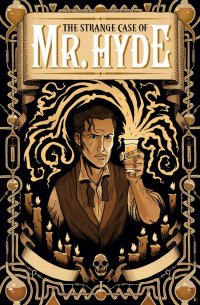 The Strange Case of Mr. Hyde #1 of 4 (Dark Horse, $3.50)
The Strange Case of Mr. Hyde #1 of 4 (Dark Horse, $3.50)
By Jeb D.
When fresh new talent applies itself to taking a fresh look at the familiar, you always hope for a result that’s equally fresh. I’d say that The Strange Case of Mr. Hyde is about 40% successful in that department: for every new idea presented, they’ve borrowed an old one, and both the scripting and the art are derivative, but in the way of the promising newcomer rather than anything suggesting laziness or cynicism, so that’s a plus.
Inspector Thomas Adye is writer Cole Haddon’s best idea for the series: much of the story is told in his internal voice, and he’s a nice variation on the usual Victorian Sherlock Holmes knockoff: he has the great detective’s belief in ratiocination, and the power of logic, but lacks his arrogance–in fact, his confidence in his own abilities is constantly shaken by the indifference of his contemporaries or superiors to his intellectual approach to crime-solving. He’s not the first Holmes manqué to face these challenges, but Haddon gives him a clear and compelling voice, taking us inside the character, rather than leaving it to a Watson (or Emma Bishop) to provide us with insight.
Adye is investigating the Jack The Ripper murders, and Haddon has set himself a difficult task here: you can’t assume that every reader knows enough about the Ripper murders to simply jump into the story, but an awful lot of us do, so it’s easy to get a little impatient with the setup as we see the familiar atrocities played out yet again.
Running up against a wall (literally: this Ripper has left behind clues suggesting nearly superhuman abilities), Adye is directed to a man the world believes to be dead: Henry Jekyll, languishing the past five years in a secret high-security prison for the crimes of Edward Hyde, is presumed to be a man with sufficient experience of the nature of evil to provide insight.
If that begins to sound a bit too close to Silence of the Lambs, well, Haddon doesn’t disappoint… or, rather, he does: the smug, chatty, self-satisfied voice he gives to the imprisoned Jekyll is pure Hannibal Lecter, with its creepy terms of endearment and hints of dark knowledge (though I don’t know that either Lecter or Jekyll would have told the detective that he’s being “uptight”). He doesn’t help his case (so to speak) by sprinkling the book with allusions to other characters of the era (Dr. Moreau shows up at a dinner party), thus forcing the League of Extraordinary Gentlemen comparisons that were probably inevitable anyway.
And while artist M.S. Corley does a capable job (Jekyll’s prison is an appropriately creepy setting), just like Haddon, he’s up against the LOEG gorilla in the room; for better or worse, he seems to have taken it as a template, with the style of the art resembling a less vigorous, even stiffer (if you can imagine such a thing) Kevin O’Neill.
I like the idea that a couple of relative newcomers are ambitious enough to take on a high-concept idea like this, rather than tread ground already covered. And I concede that it’s possible that something more interesting may come of this series before it’s over. But the first issue just has too many derivative elements to allow me to give it a strong recommendation.
Rating:





Out of a Possible 5 Stars
The Mighty Thor #1 (Marvel, $3.99)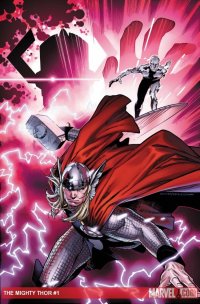
By Jeb D.
If you follow the comic book sales charts, you know two things: first, that release of a new movie will give a major bump to sales of collected editions (Sin City, Watchmen, etc.); and second, that there is little or no evidence that it does anything for the ongoing floppy titles.
So while it was predictable that Marvel would jump on the upcoming release of the big-screen version of Thor to launch a new book, I’m a little puzzled what they expect to get out of it (beyond the usual ka-ching! of a new #1 issue): they restarted the series just a few years back, and since the movie is simply called Thor, why would you want to replace a comic bearing that title with one called The Mighty Thor, which sounds like the tie-in for a new cartoon series?
Ah, well, the mysteries of marketing. Anyway, what this issue does is more or less set the current scene for those who haven’t been following the Marvel U (Odin’s back, Loki’s a kid, Sif is hot), but it’s saved from general irrelevance by pairing creators from some of the Thunder God’s best recent comics: writer Matt Fraction (Thor: Ages of Thunder, Thor: Reign of Blood, Thor: Man of War, etc.) and artist Oliver Coipel (Straczynski’s 2007 Thor series).
It’s a beautifully structured comic, with Fraction managing to address questions of mortality and immortality, sow seeds of disquiet among the gods, re-introduce the Warriors Three, give us a spectacular fight against a big ol’ monster (with Asgardian scuba gear, no less!) and ground everything in the wonderfully convoluted world of Marvel’s version of Asgardian lore. He shows great empathy for the humans trying to reconcile their ideas of faith with the presence of gods in their midst, and he gets Thor and Sif naked, so you can see this is one jam-packed issue.
And Coipel continues to set the current standard for illustrating Thor and his adventures. I was never wild about the costume redesign, but that aside, he has the story’s massive scale down pat, while never losing sight of the smaller moments; more than any of his predecessors on the title, he reminds me of John Buscema, in his clean, unfussy lines, and his ability to mix the epic and the down-to-earth.
The only slight sticking point for me is the principal storyline: Galactus is back. And the Silver Surfer. Mind you, these guys are right up Coipel’s alley, and they’ve never looked better, but if there is anything more played out in the Marvel U than Norrin Radd’s moping search for dead worlds for that lazy purple-shorts-wearing sonofabitch to eat, I can’t imagine what it would be (actually, I can, but this is bad enough). I trust Fraction, I assume he’s got something up his sleeve here, so I’m looking forward to seeing where the story goes. But as a standalone comic, this is a case of subtraction by addition: in an issue already stuffed with great moments and bits of insight, the appearance of these two just feels tired, and drops my recommendation down a notch.
Rating:





Out of a Possible 5 Stars
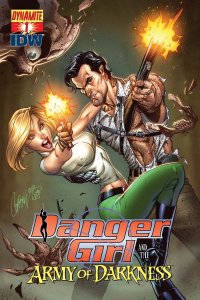 Danger Girl and the Army of Darkness #1 of 4 (Dynamite, $3.99)
Danger Girl and the Army of Darkness #1 of 4 (Dynamite, $3.99)
By Jeb D.
The comic companies continue to struggle with a business model that tries to balance the floppy series with the trade collection, and this comic is a perfect example of the challenges that can pose.
My assumption is that your expectations of a comic where Abbey Chase meets Ash are manageably moderate: both characters are good for some cheesy fun, action, wisecracks, and the like. But what about a comic that goes on for twenty pages before the two meet up at the very end?
Now, that’s not a criticism of the storytelling by Andy Hartnell. He sets Abby’s story up well, and gives her a MacGuffin that dovetails nicely with the Evil Dead/Army of Darkness series. And structurally, the buildup of the story to Ash’s appearance works on its own modest terms. If you were reading this in collected form, it would feel lightweight, but certainly well-paced.
But there’s the complication: is it worth your four bucks to get one-quarter of a Danger Girl/Army of Darkness story with no Ash? Particularly one where J. Scott Campell is replaced by Chris Bolson on art, whose eyes for both action and for pulchritude are markedly less interesting than Campbell’s (but, then, whose aren’t)?
It’s a tough call. I could see this book being a fair amount of fun to read when it’s complete. But given the economic realities, it’s getting harder and harder to recommend even well-made comics that do little more than provide an introduction to the main story.
Rating:





Out of a Possible 5 Stars
![]()









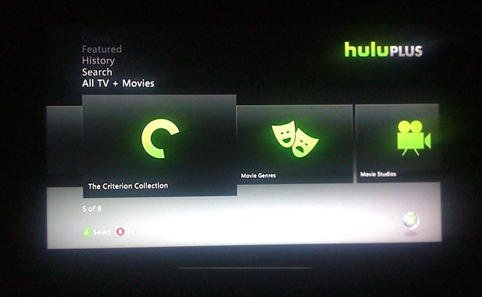

 Dwayne Johnson’s played a lot of roles – his most famous, of course, being The Rock for the WWE. Then he shed that moniker to star in The Rundown, where his status as an up-and-coming action star was all but cemented. Then, somewhere along the line, he tripped and fell into revolting kid’s shit. Doing a few guest spots on some Disney Channel shows (seeing him in an episode of Hannah Montana kinda killed me a little inside), and leading a few kids’ movies (none of the three of which I’ve seen), but then he came back with the forgotten-but-not-hated Faster and this weekend sees him getting some good looks in Fast Five. So of course it makes perfect sense that his next role will be as Country and Western Legend Charley Pride in Craig Brewer’s upcoming biopic.
Dwayne Johnson’s played a lot of roles – his most famous, of course, being The Rock for the WWE. Then he shed that moniker to star in The Rundown, where his status as an up-and-coming action star was all but cemented. Then, somewhere along the line, he tripped and fell into revolting kid’s shit. Doing a few guest spots on some Disney Channel shows (seeing him in an episode of Hannah Montana kinda killed me a little inside), and leading a few kids’ movies (none of the three of which I’ve seen), but then he came back with the forgotten-but-not-hated Faster and this weekend sees him getting some good looks in Fast Five. So of course it makes perfect sense that his next role will be as Country and Western Legend Charley Pride in Craig Brewer’s upcoming biopic.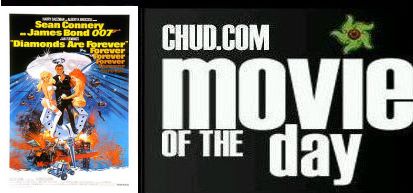













 own devoted core of followers, and has over its 40+ years seen comics made from a number of different publishers, sometimes working with brand new continuity, sometimes with the continuity of the Tim Burton remake, and sometimes, as with this new series from Boom Studios, working with the original series continuity.
own devoted core of followers, and has over its 40+ years seen comics made from a number of different publishers, sometimes working with brand new continuity, sometimes with the continuity of the Tim Burton remake, and sometimes, as with this new series from Boom Studios, working with the original series continuity.


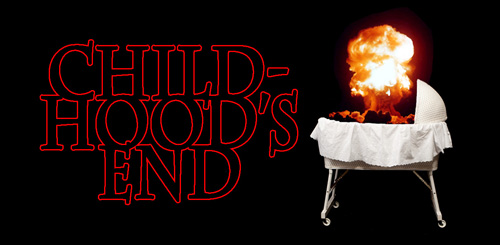
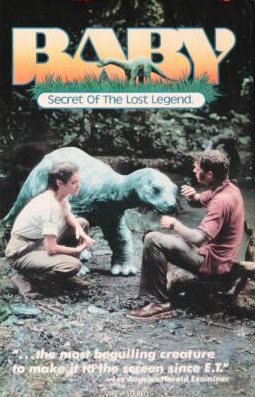 The Artifact:
The Artifact: